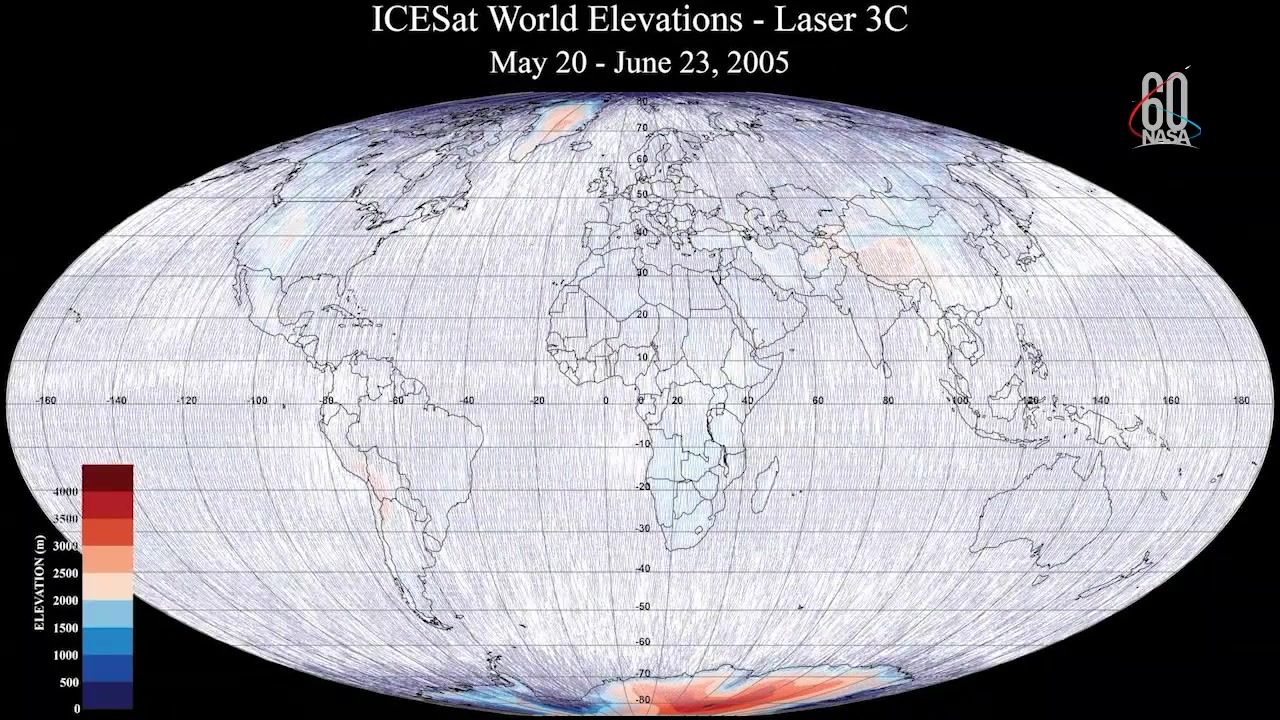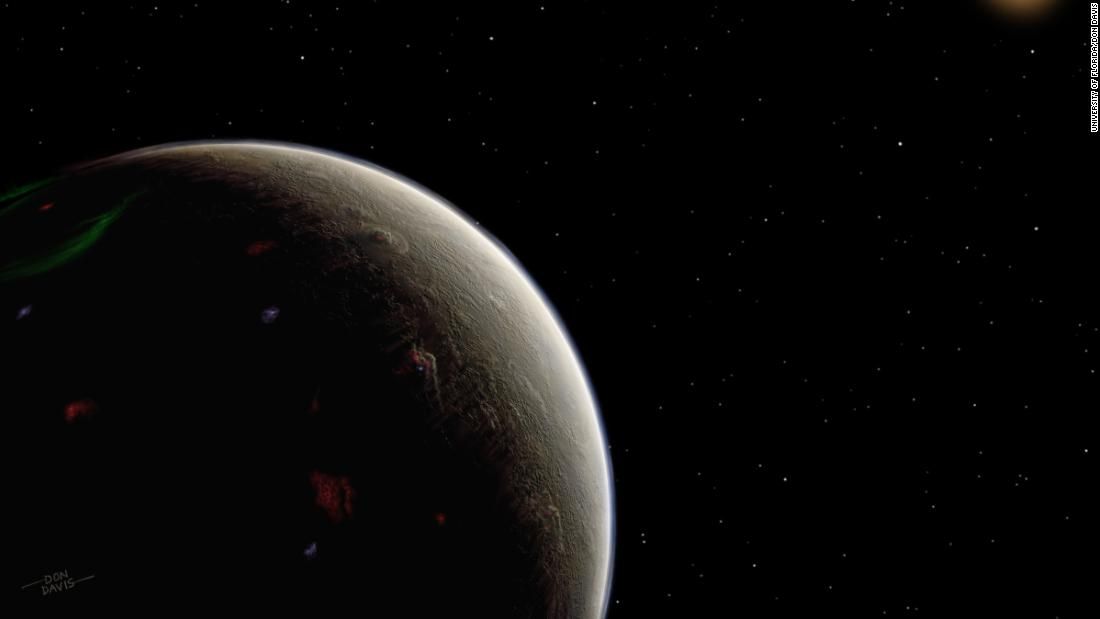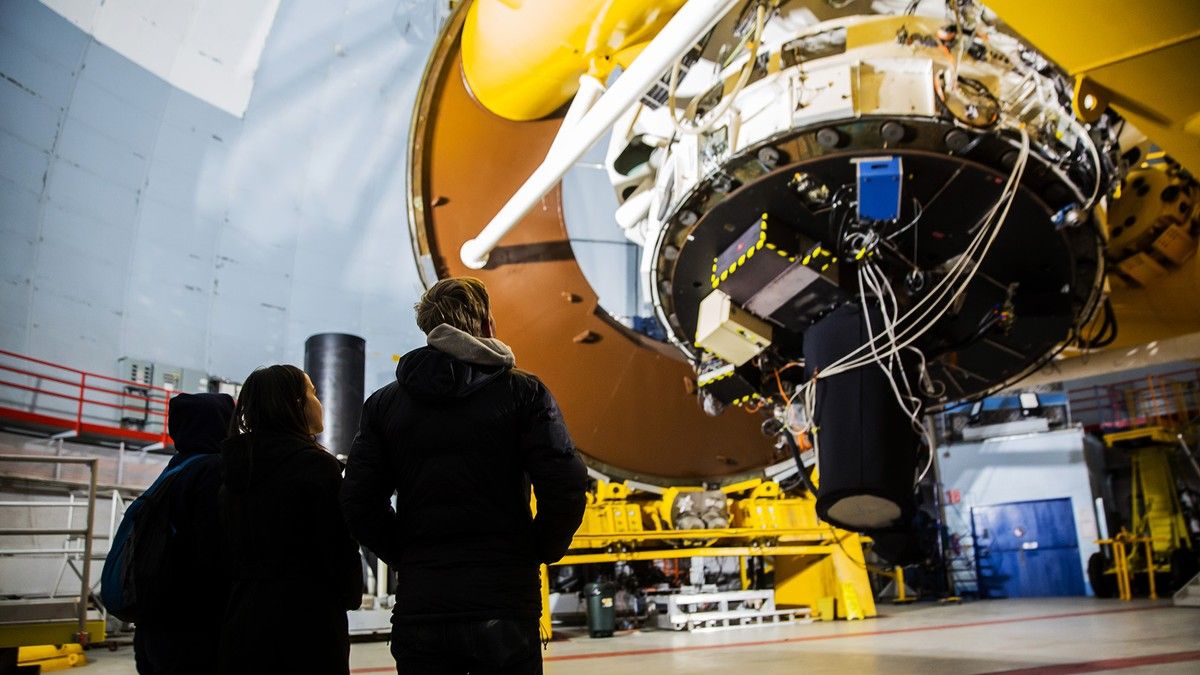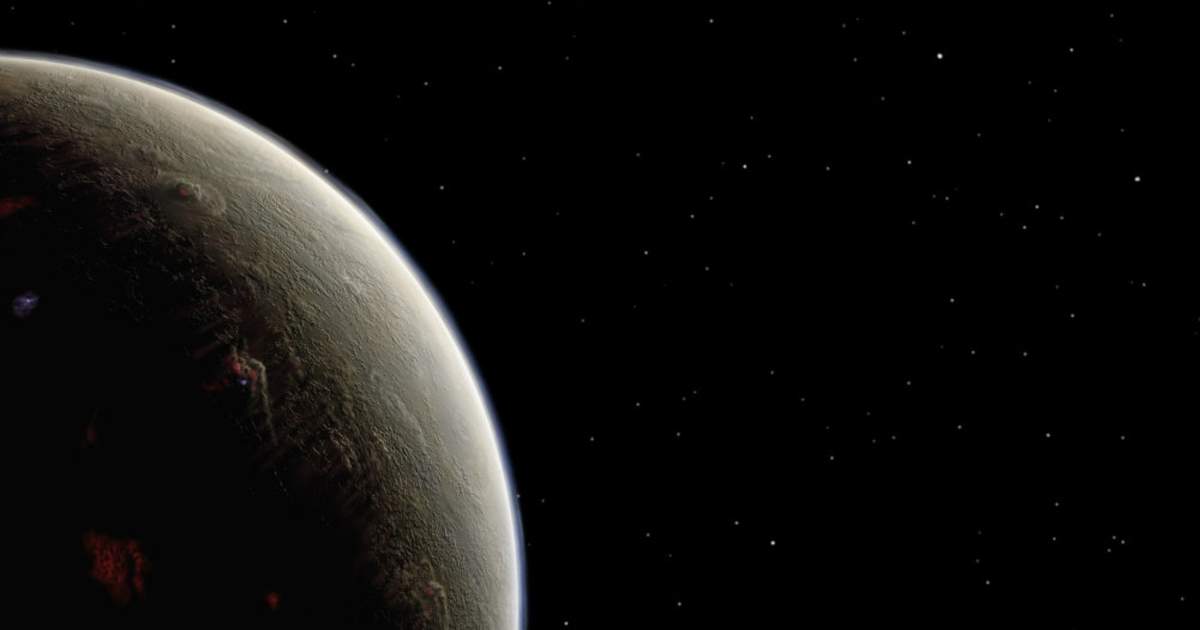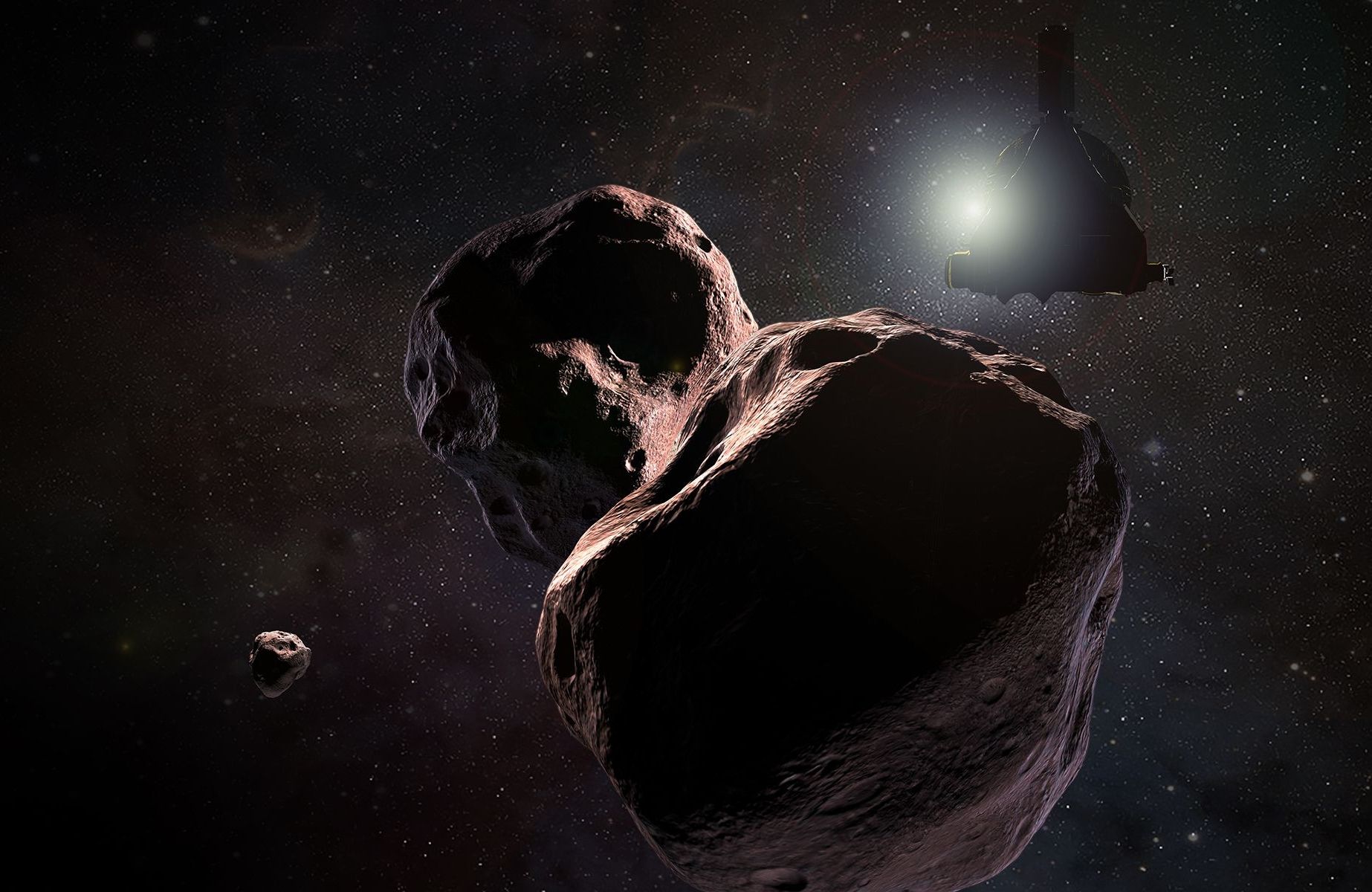Archive for the ‘space’ category: Page 848
Sep 22, 2018
A Look at Ultima Thule: New Horizons Next Destination
Posted by Michael Lance in category: space
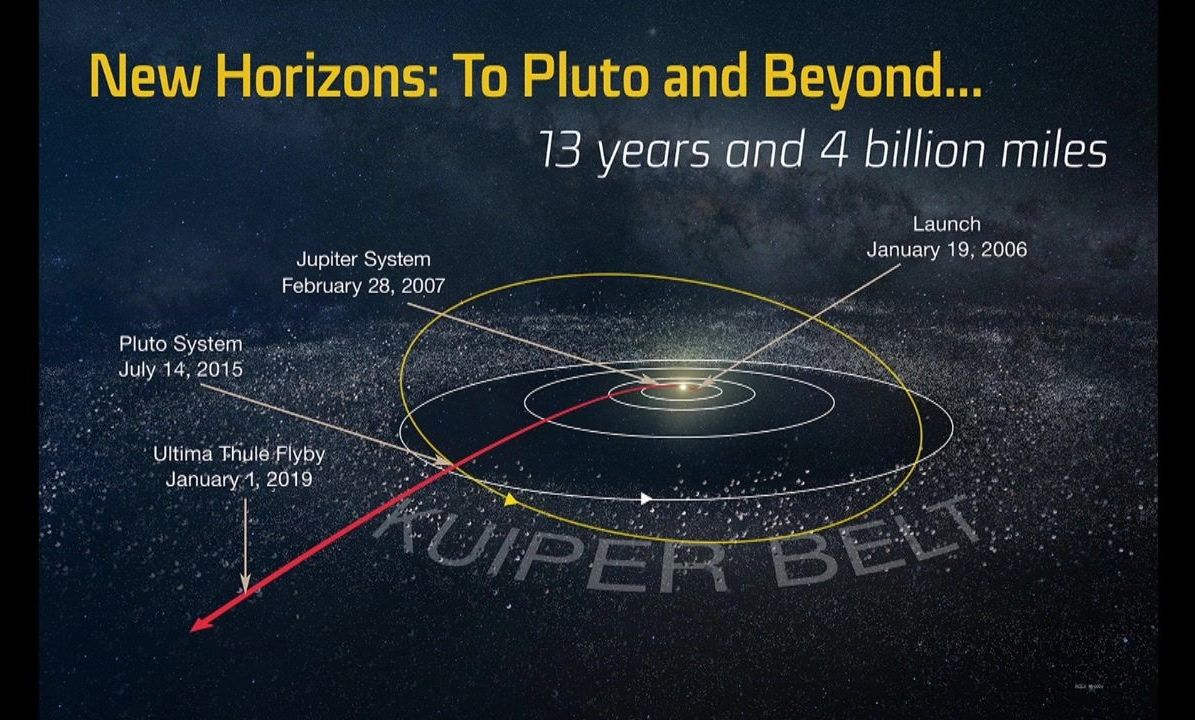
Join us at 1 p.m. EDT on Wednesday, Sept. 19, as our experts discuss humanity’s farthest planetary flyby that is coming up on Jan. 1, 2019 of the mysterious object nicknamed “Ultima Thule”. The encounter will occur approximately 4 billion miles from Earth complementing the discoveries still coming from the mission’s epic July 2015 flight through the Pluto system.
Sep 21, 2018
This New Space Tech Could Someday Replace A/C
Posted by Bill Kemp in categories: business, energy, space
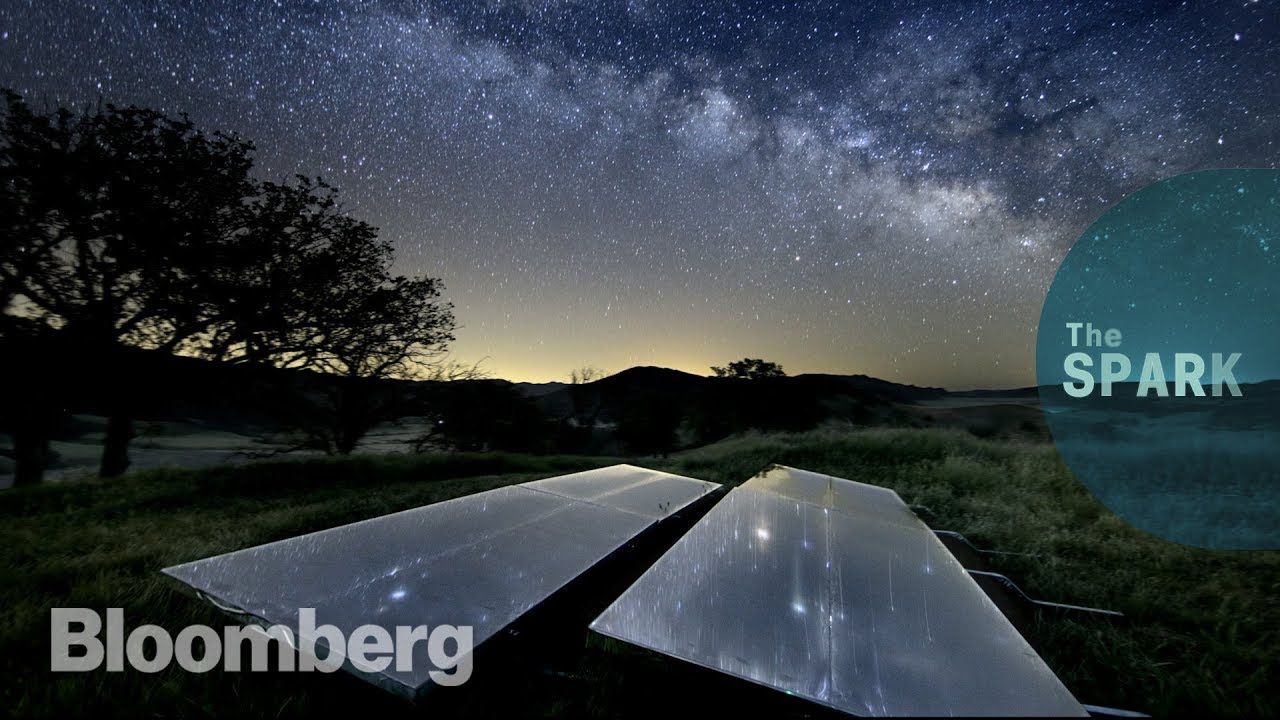
The United States uses more energy for HVAC than Africa uses for all of their energy needs.
The starry night sky seems remarkably distant from the topic of air conditioning, but it’s revolutionizing the field in quite an unexpected way. In this episode of “The Spark,” watch how scientists from across the globe are harnessing natural phenomena to drastically redesign this century-old technology.
Continue reading “This New Space Tech Could Someday Replace A/C” »
Sep 21, 2018
A Breakthrough for U.S. Troops: Combat-Ready Pizza
Posted by Michael Lance in categories: food, space
Is this good as space food?
The latest entree to join the Army’s roster of M.R.E. field rations is a Sicilian-style slice that stays fresh for years and took decades to develop.
Sep 21, 2018
Why NASA Needs a New Logo
Posted by Michael Lance in categories: chemistry, health, space
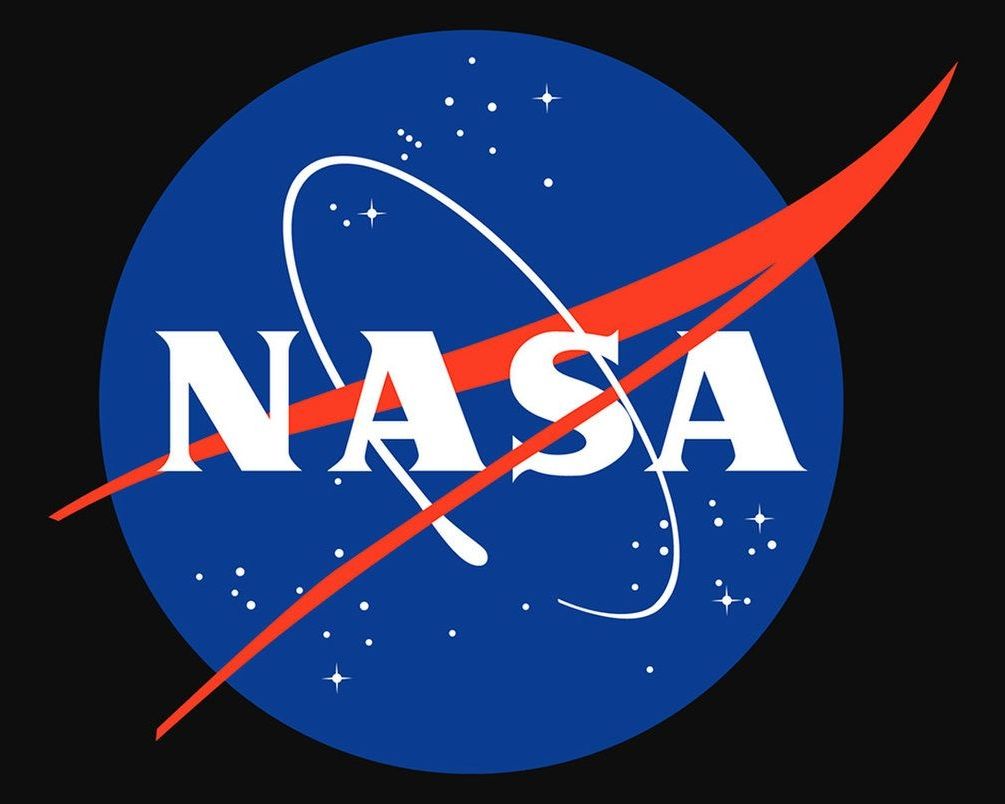
Do you think NASA needs a new logo?
Michael D. Shaw is a biochemist and freelance writer. A graduate of the University of California, Los Angeles, and a protégé of the late Willard Libby, winner of the 1960 Nobel Prize in chemistry, Shaw also did postgraduate work at MIT. Based in Virginia, he covers technology, health care and entrepreneurship, among other issues.
Sep 20, 2018
Paging Mr. Spock: ‘Star Trek’ planet Vulcan found?
Posted by Michael Lance in category: space
A planet has been found right where the creator of “Star Trek” and three astronomers thought Vulcan would be.
(CNN)Maybe the final frontier isn’t so far out of reach. Astronomers have found an exoplanet reminiscent of the planet Vulcan from “Star Trek,” orbiting a star in a system only 16 light-years from Earth.
In episode five of The Most Unknown, astrophysicist Rachel Smith and astrobiologist Luke McKay travel to Hawaii’s powerful W.M. Keck Observatory to explore forming stars at the center of our galaxy.
Sep 20, 2018
There’s a planet exactly where Star Trek said Vulcan should be
Posted by Genevieve Klien in category: space
Astrophysicists just found a planet orbiting the star HD 26965, 16 light years away from Earth. Finding exoplanets is always fun, and the fact that this one is in the star’s habitable zone (where liquid water could exist on its surface) is a bonus. But that’s not why people are particularly psyched about the announcement.
See, HD 26965 also goes by 40 Eridani A—the star orbited by Spock’s homeworld in Star Trek. That means they found Vulcan. Ok, fine, they found a real-world analog to a completely fictional world, but you can’t blame Star Trek fans for being excited.
Sep 19, 2018
New Research Says Pluto Is Definitely a Planet, Should Never Have Been Downgraded
Posted by Michael Lance in category: space
We’ve missed you Pluto. (via Thrillist)
A new paper argues that Pluto should be considered a planet again.
Sep 19, 2018
‘Everything about this flyby is tougher’: New Horizons just over 100 days from Ultima Thule
Posted by Alberto Lao in category: space
On Jan. 1, NASA’s New Horizons will perform a high-risk, high-reward flyby of an ancient world on the outskirts of the solar system.
NASA’s New Horizons spacecraft is just over 100 days away from a high-risk, high-reward flyby of an ancient world on the outskirts of the solar system.
On New Year’s Day 2019, the spacecraft will come within 3,500 kilometers of 2014 MU69, an estimated 37-kilometer-wide object the mission team has nicknamed Ultima Thule. The encounter will take place 6.6 billion kilometers from Earth, where it takes more than 6 hours for radio signals traveling at the speed of light to reach NASA’s Deep Space Network.
